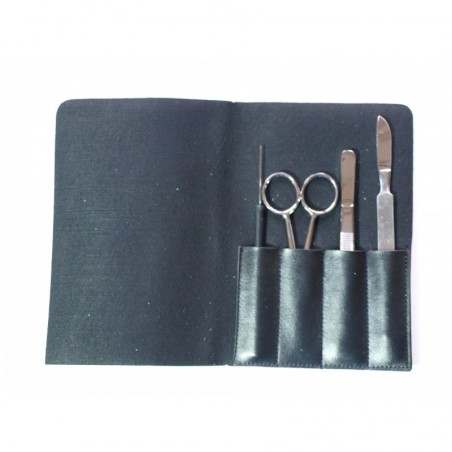Feed is the most expensive cost of commercial pork production. Moderate levels of fiber can maintain intestinal physiological function and promote intestinal health. Additionally, oxidative stress is linked to impaired nutrient absorption and growth performance. The objective of this study was to investigate the effects of high-fiber (5.26% crude fiber) and low-fiber (2.46% crude fiber) diets on growth performance and intestinal oxidative stress parameters in growing-finishing pigs. Forty growing pigs with initial body weight (27.07 ± 1.26 kg) were randomly assigned to 2 treatment groups with 10 replicates of 2 pigs per pen. Pigs were weighed on day 35, 42, and 70. The feed intake was recorded daily to calculate growth performance parameters. On day 70, eight pigs in each treatment group were randomly selected and euthanized to obtain jejunum to measure oxidative stress status.
Pigs fed a high-fiber diet were heavier than those fed a low-fiber diet on days 35, 42, and 70. During the whole feeding period, pigs fed a high-fiber diet had a higher average daily gain than those fed a low-fiber diet. The low-fiber diet resulted in increased levels of malondialdehyde in the jejunum, suggesting that the low-fiber diet contributed to oxidative stress in the jejunum. The low-fiber diet also led to a significant increase in glutathione and oxidized glutathione levels in the jejunum, indicating that pigs fed a low-fiber diet needed to produce more antioxidant substances to cope with oxidative stress in the intestine. This was accompanied by a significant increase in the expression of glutathione synthesizing enzymes in the jejunum of the low-fiber group.

These results suggest that the high-fiber diet can improve growth performance and maintain intestinal health in growing-finishing pigs by reducing intestinal oxidative stress.
Jin S, Wijerathne CU, Au-Yeung KK, Lei H, Yang C, OK. Effects of high-and low-fiber diets on intestinal oxidative stress in growing-finishing pigs. Journal of Animal Science. 2022; 100(11): skac306. https://doi.org/10.1093%2Fjas%2Fskac306




